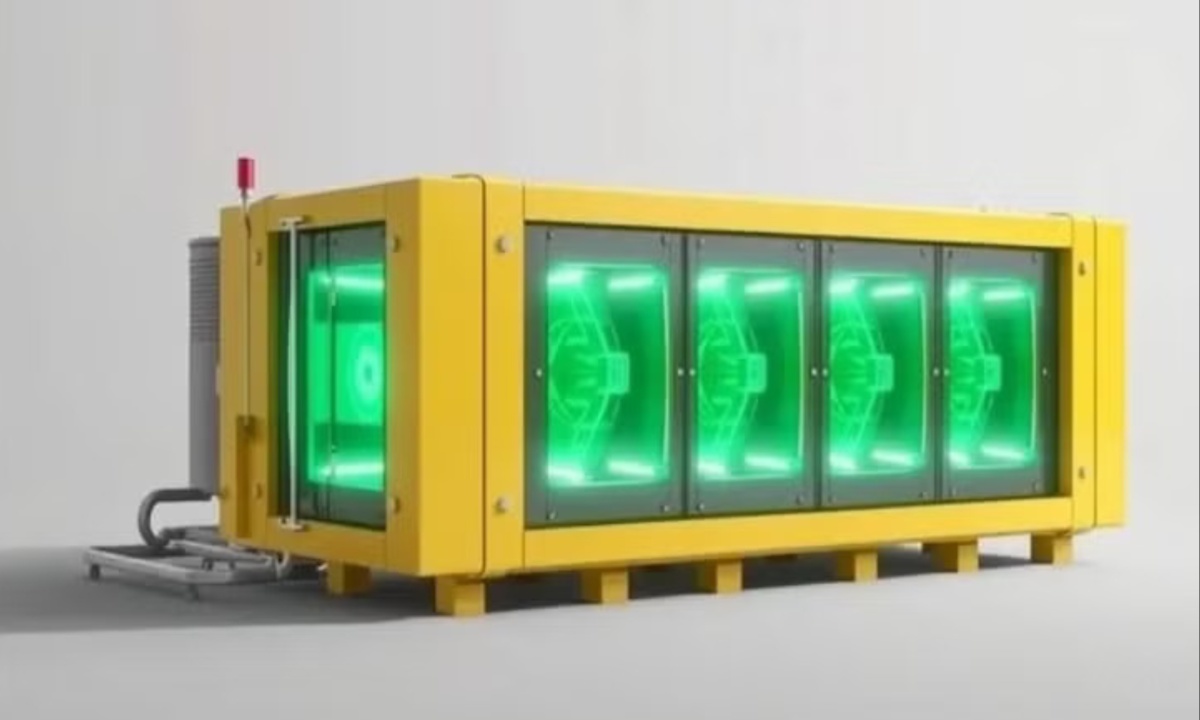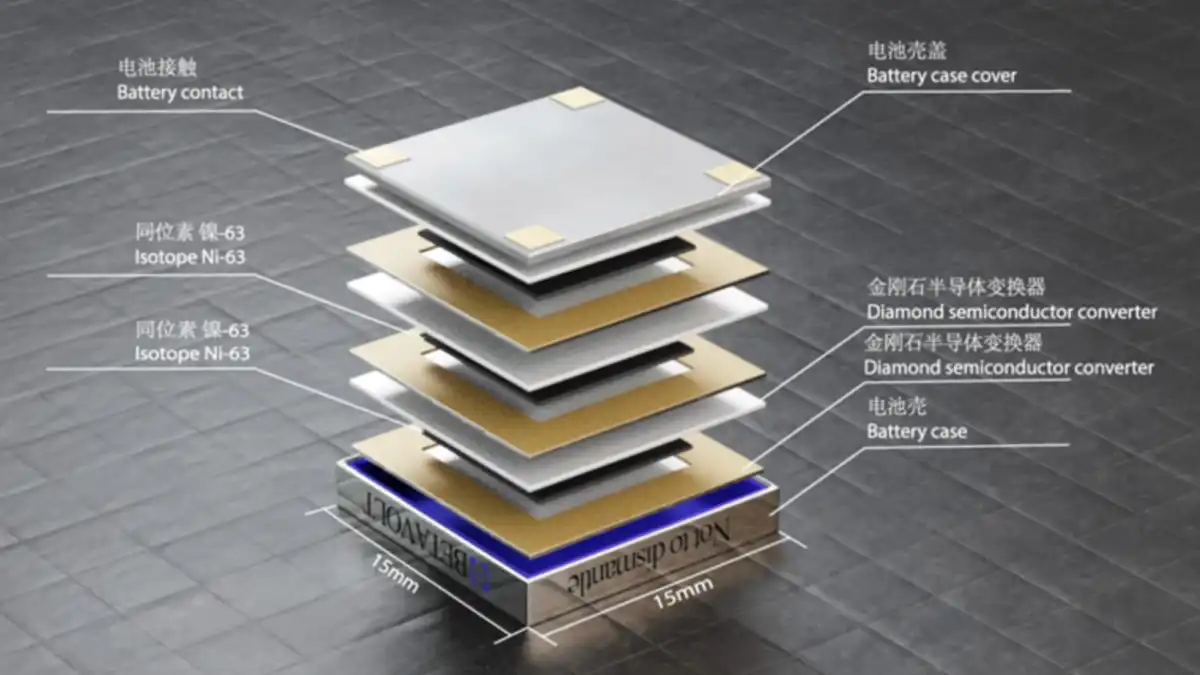Scientists from the Daegu Gyeongbuk Institute of Science & Technology in South Korea have developed an exciting new prototype battery based on the betavoltaic principle. These nuclear batteries generate power by utilizing the high-energy particles emitted by radioactive materials.
However, unlike conventional nuclear batteries, the beta particles used in this new type can be safely shielded with materials like aluminum, making it a potential safe energy source. This innovation has the potential to significantly advance battery technology, especially for applications requiring long-lasting power.
Radiocarbon-Based Betavoltaic Batteries Offer Long-Lasting Power for Medical Devices and More
The South Korean researchers’ betavoltaic battery prototype uses radiocarbon (carbon-14), a radioactive isotope of carbon. Radiocarbon produces beta radiation, which is less hazardous and can be easily blocked, ensuring safety. Radiocarbon is a byproduct of nuclear power plants, making it readily available, inexpensive, and recyclable.
Furthermore, its slow degradation means a radiocarbon-powered battery could last decades, centuries, or even thousands of years. This longevity makes the technology an attractive option for power sources that require minimal maintenance.

The new prototype demonstrates a significant improvement in energy conversion efficiency, rising from 0.48 to 2.86 percent. Despite this advancement, it still lags behind conventional lithium-ion batteries in performance due to the small proportion of radioactive decay being converted into electrical energy.
However, the potential applications of such long-lasting batteries are immense. For example, medical devices like pacemakers could be powered for a lifetime without the need for surgical replacements, offering an unprecedented level of convenience and reliability for patients.
Betavolt’s Mini Nuclear Batteries Show Promise for Long-Term Power Solutions in Various Sectors
In addition to the South Korean prototype, the Chinese company Betavolt New Energy Technology Co. Ltd. has made strides in the development of mini nuclear batteries. Betavolt’s miniature diamond nuclear battery, introduced in early 2024, is small enough to fit in a coin and could theoretically provide power for up to 50 years without requiring recharging.
This battery, which uses a combination of nickel-63 isotopes and diamond semiconductor technology, is still in the pilot phase but shows promise for applications across various sectors, including aerospace, medical devices, and robotics.
While both South Korean and Chinese advancements in nuclear batteries show promise, there are still challenges to overcome, particularly in enhancing energy output. Betavolt’s batteries, for example, have a very low output of just 100 microwatts in their first prototype, with plans to increase this to 1 watt by 2025.
Additionally, the use of radioactive materials in everyday devices, such as mobile phones, remains unlikely due to safety concerns. However, the ongoing development of these nuclear batteries could lead to new, highly efficient power solutions for specialized applications where traditional batteries fall short.




